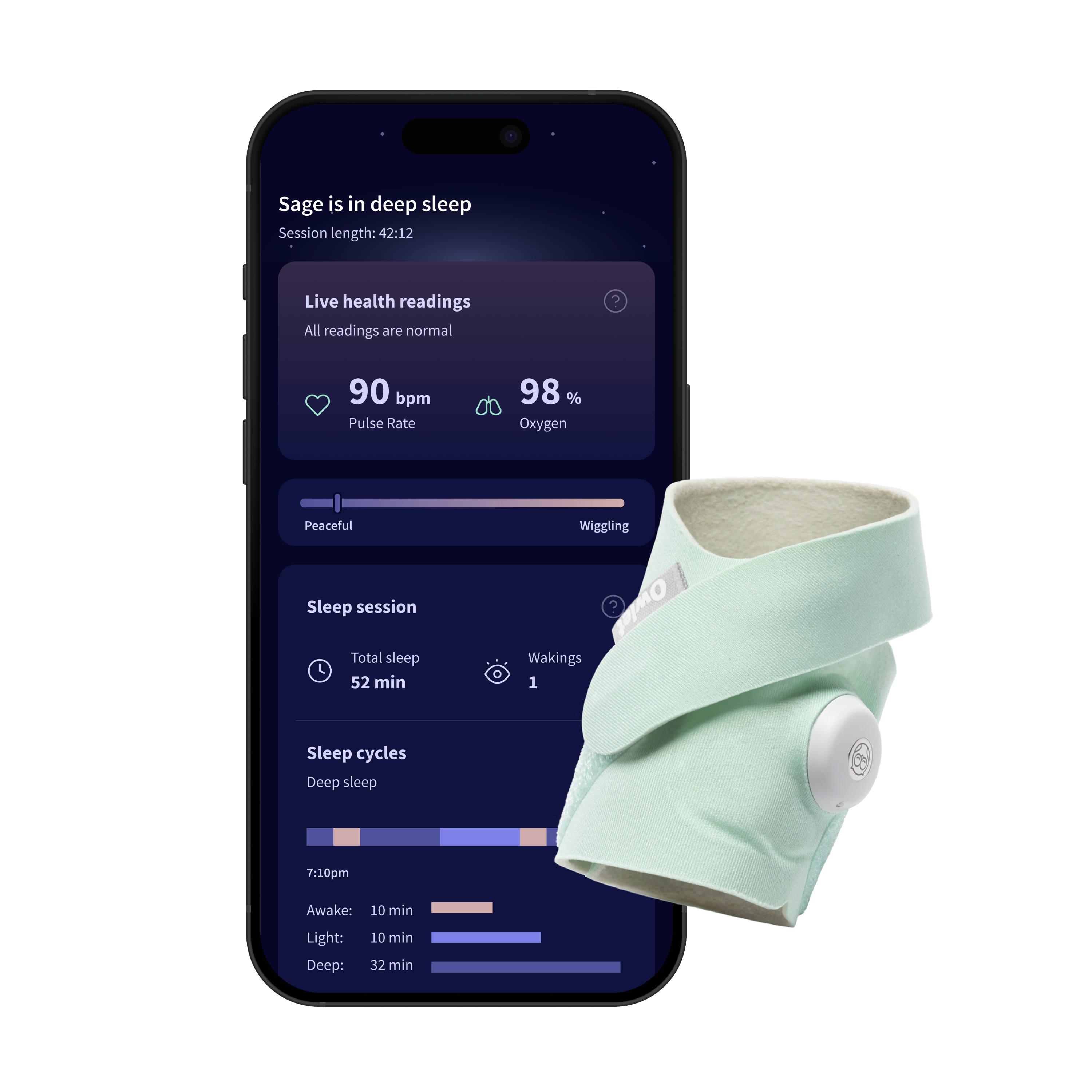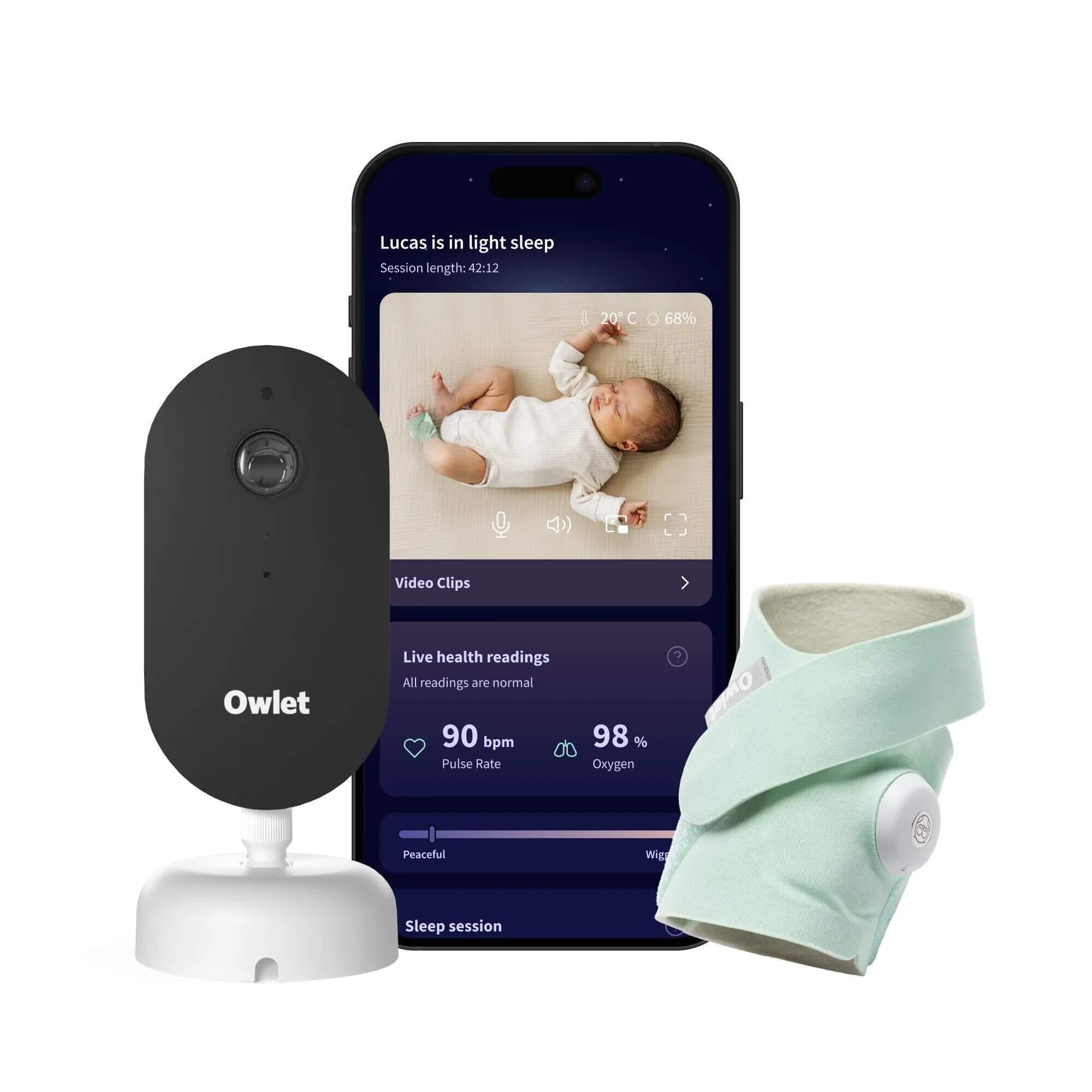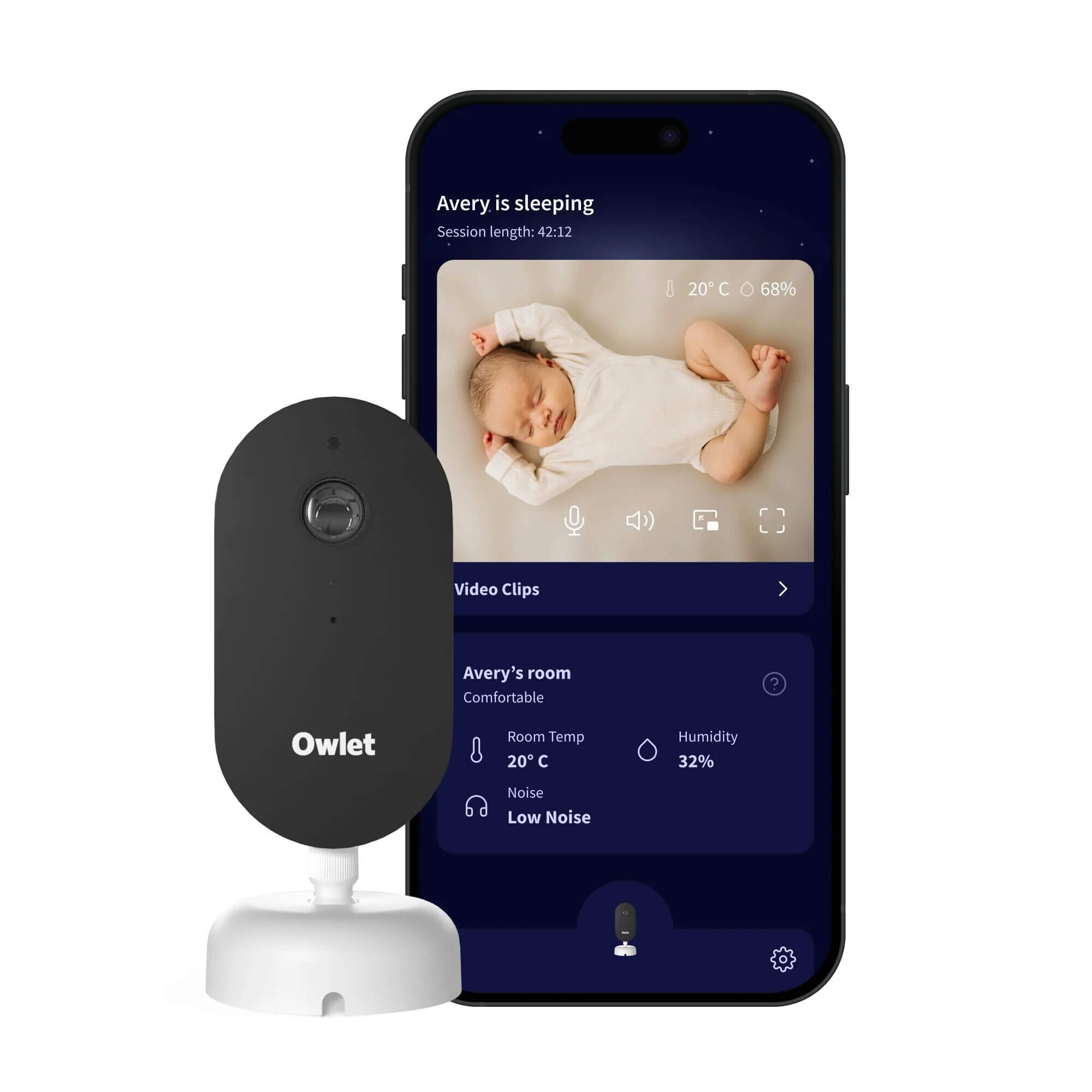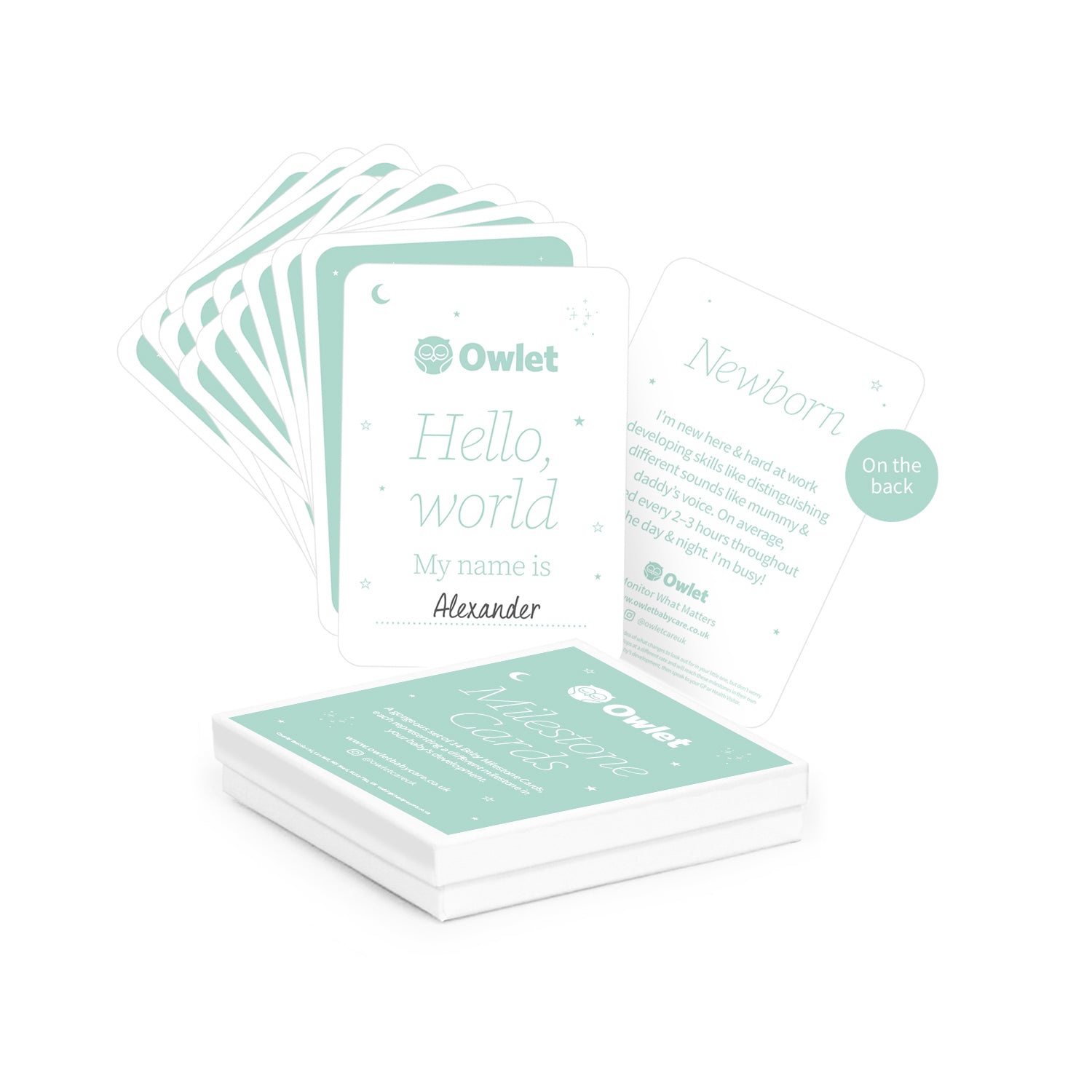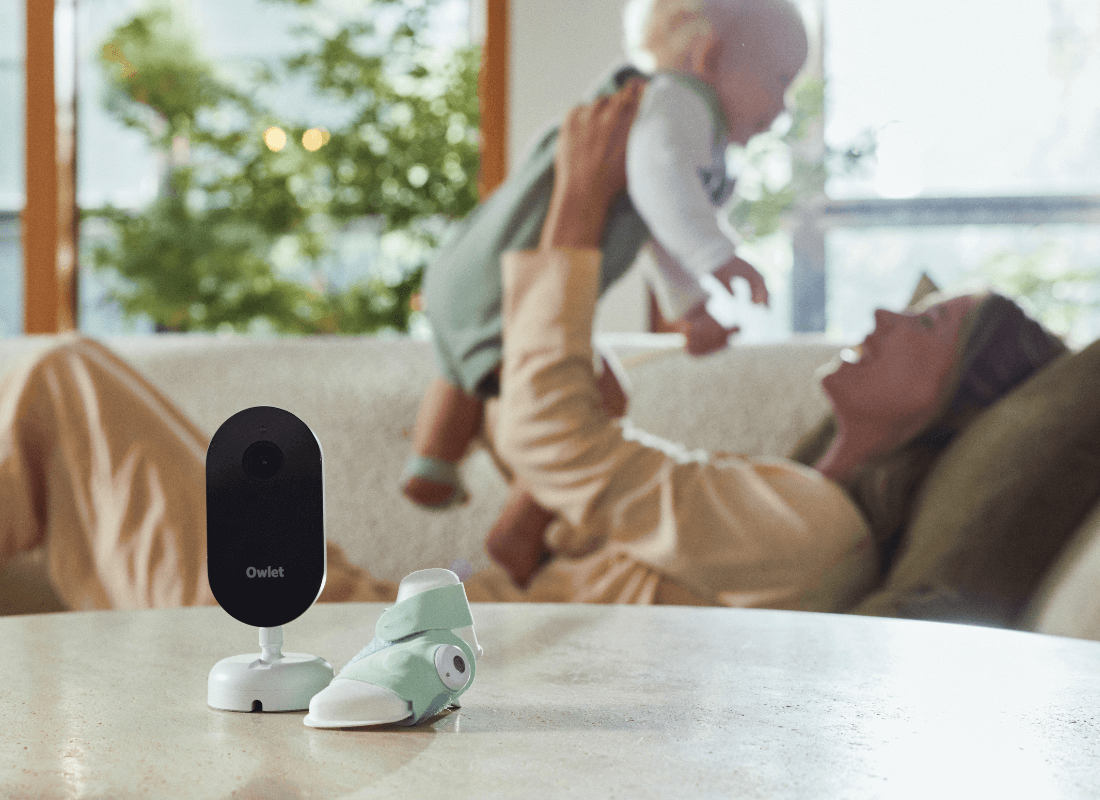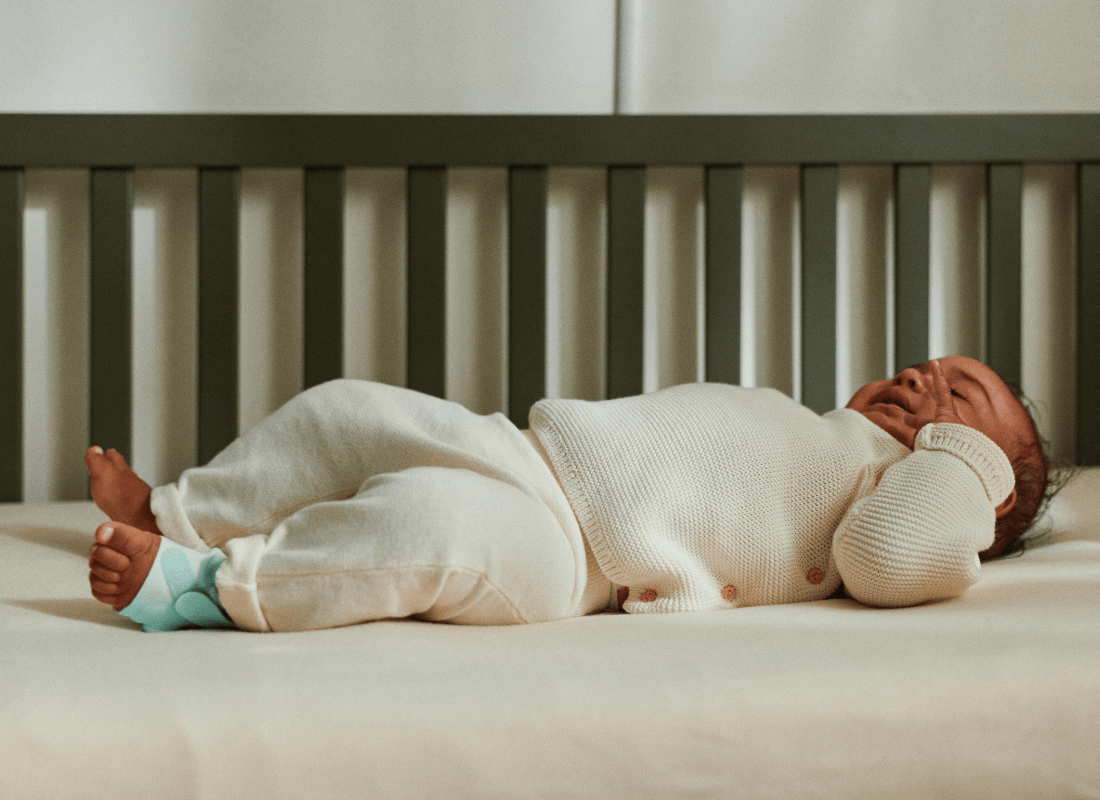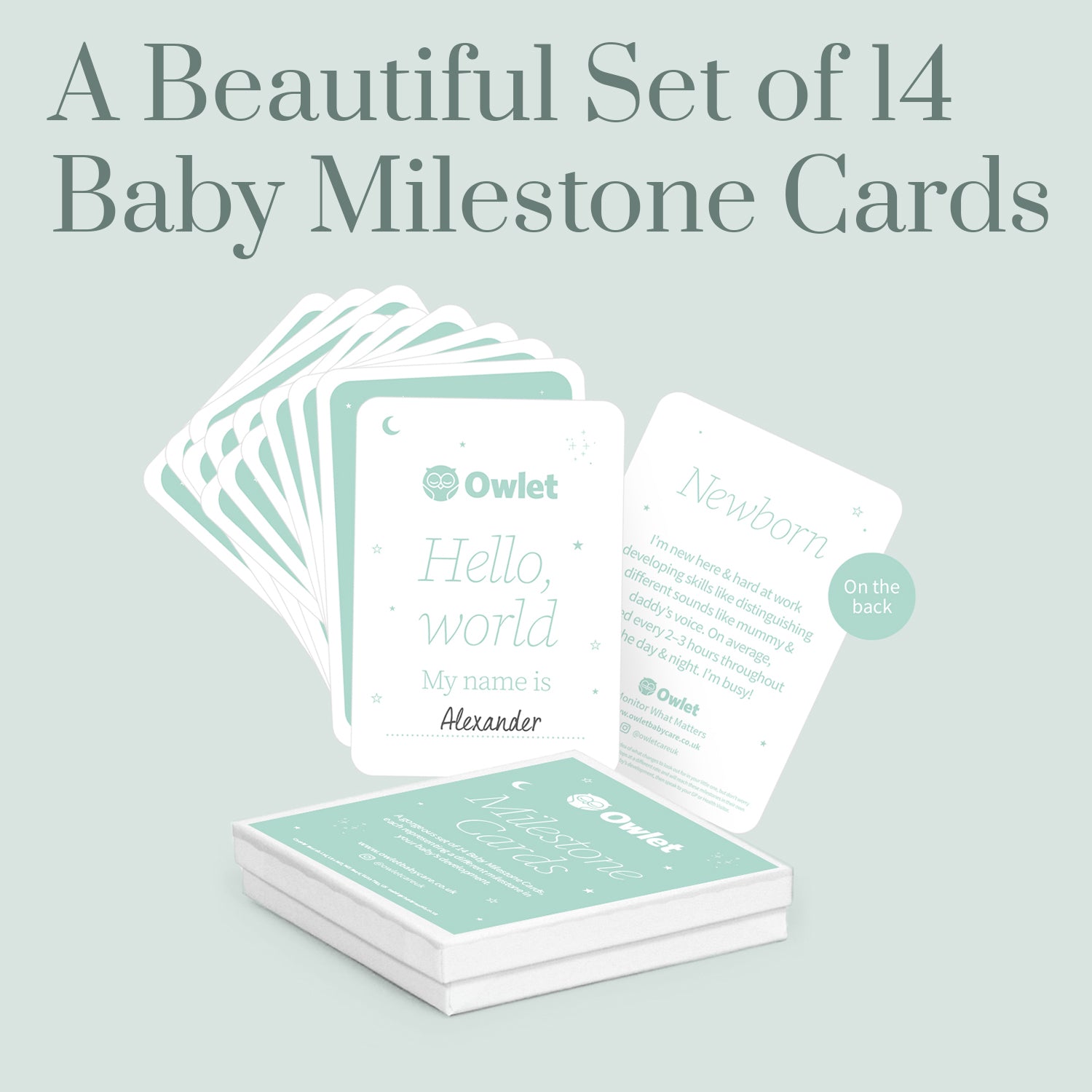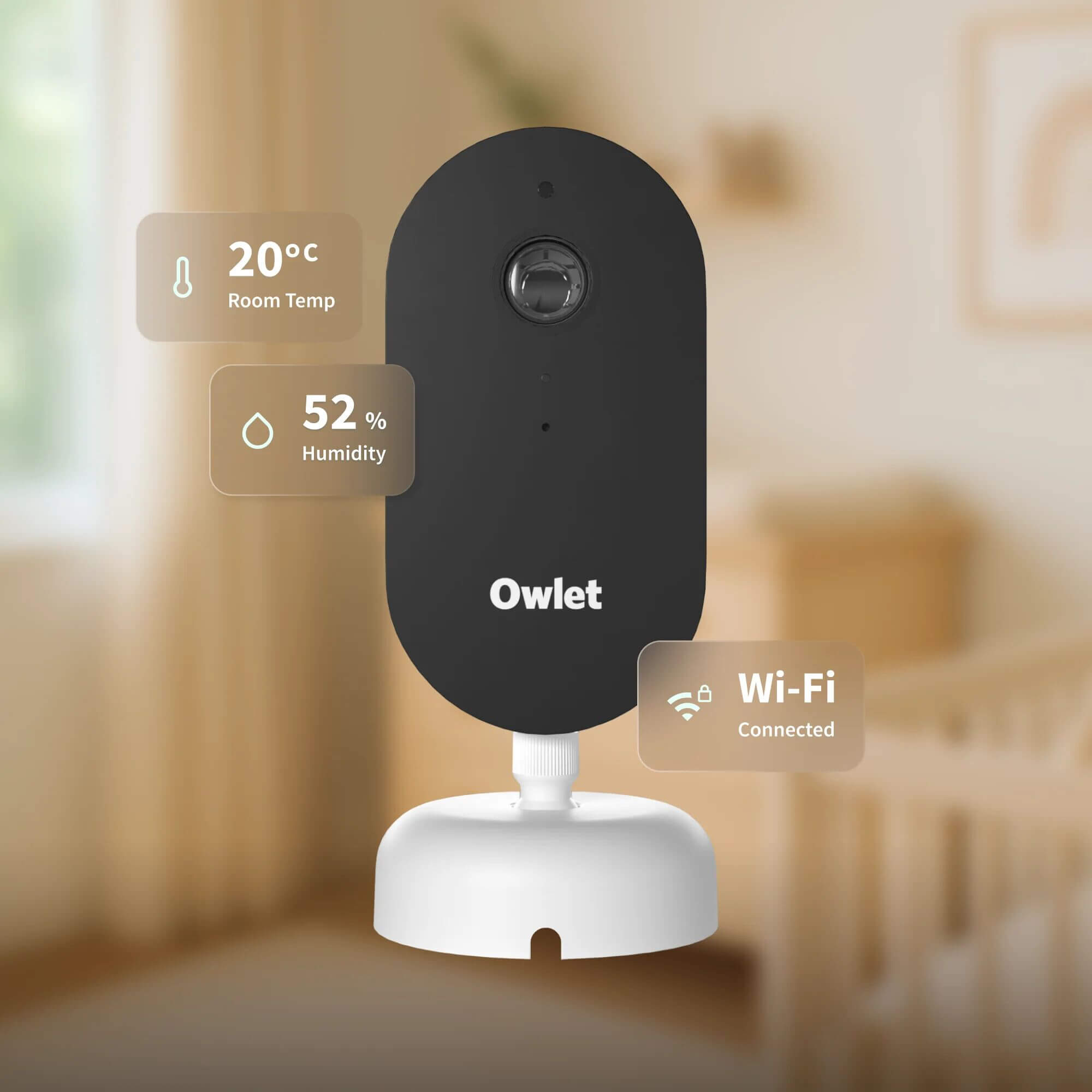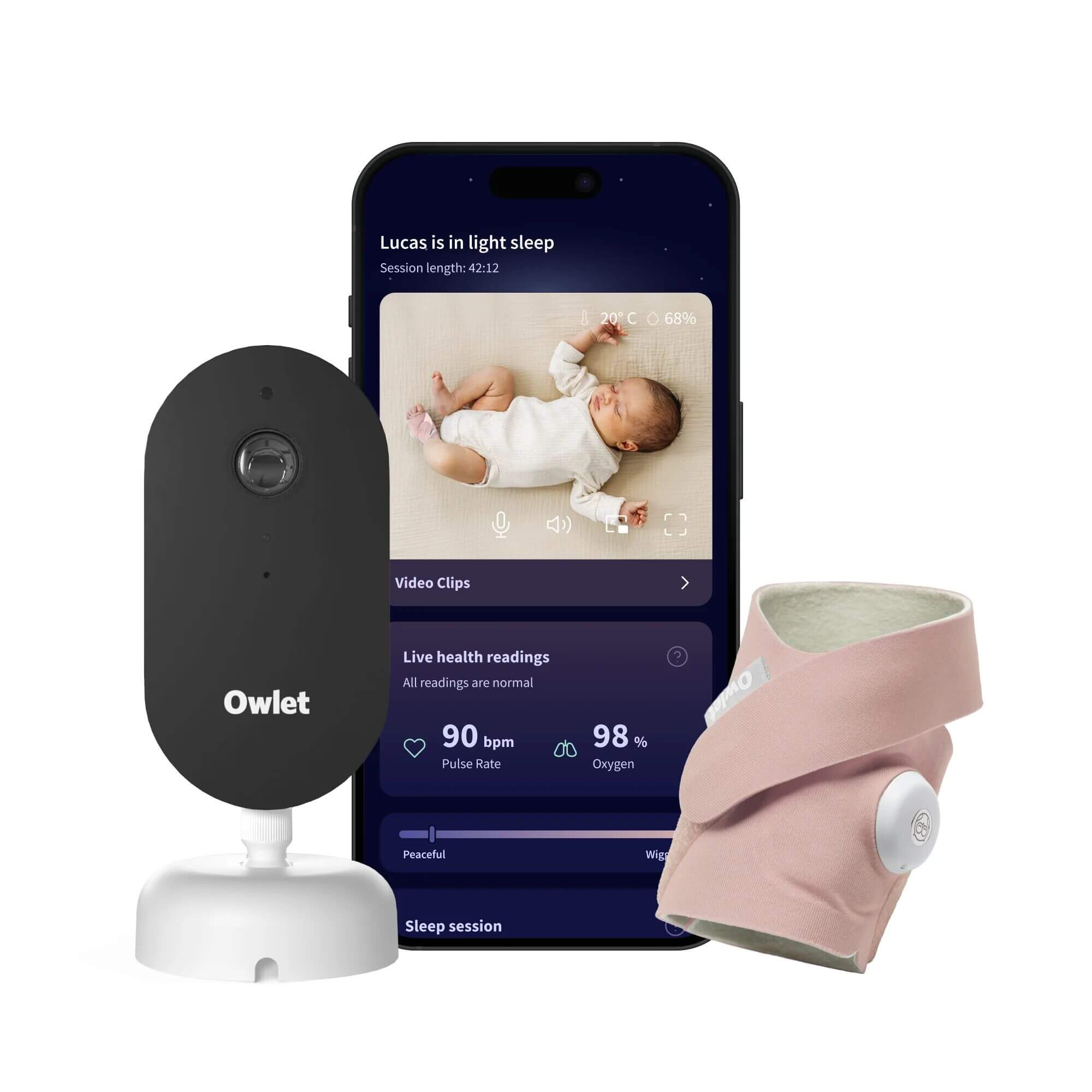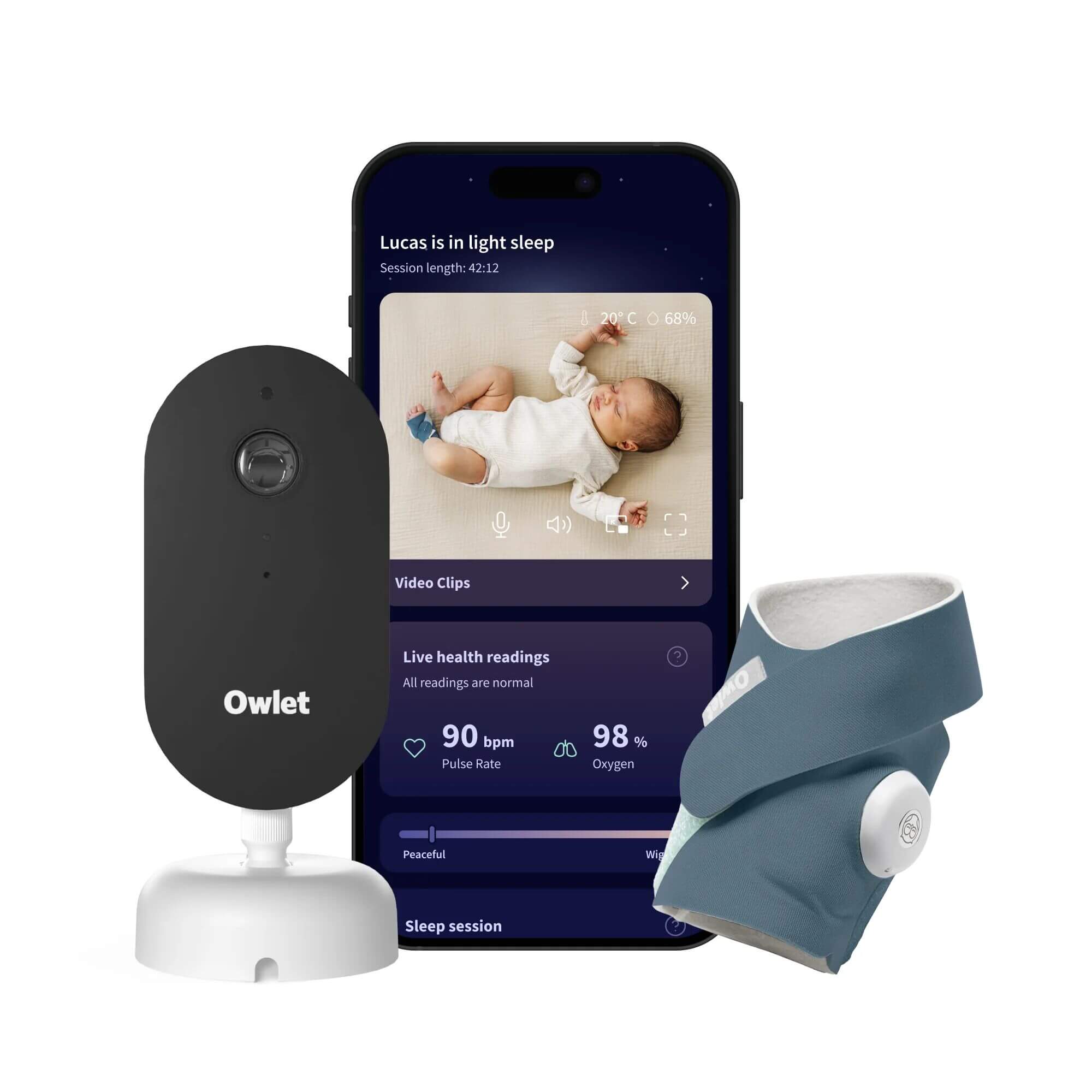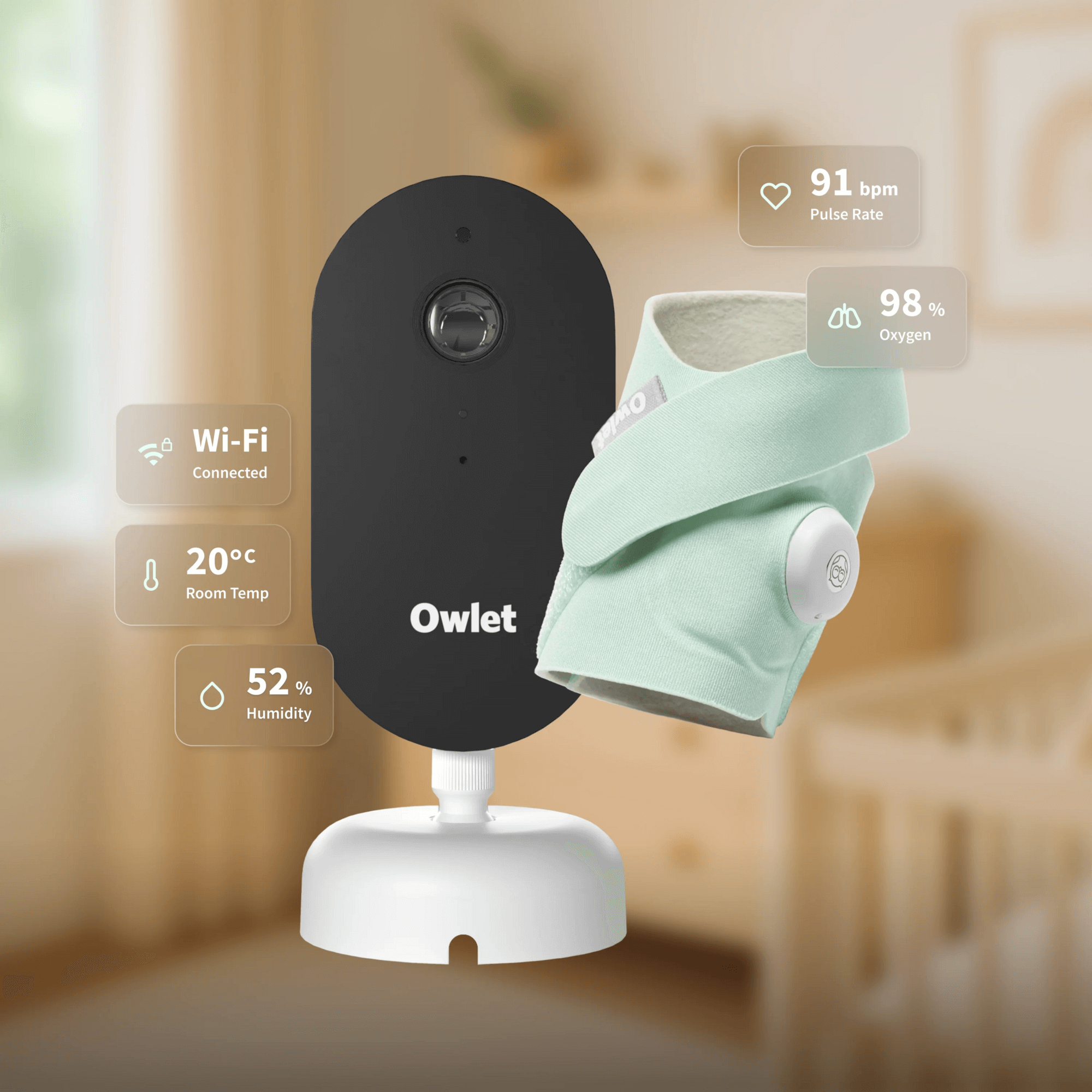The Ultimate Guide to a Safer Sleep Environment
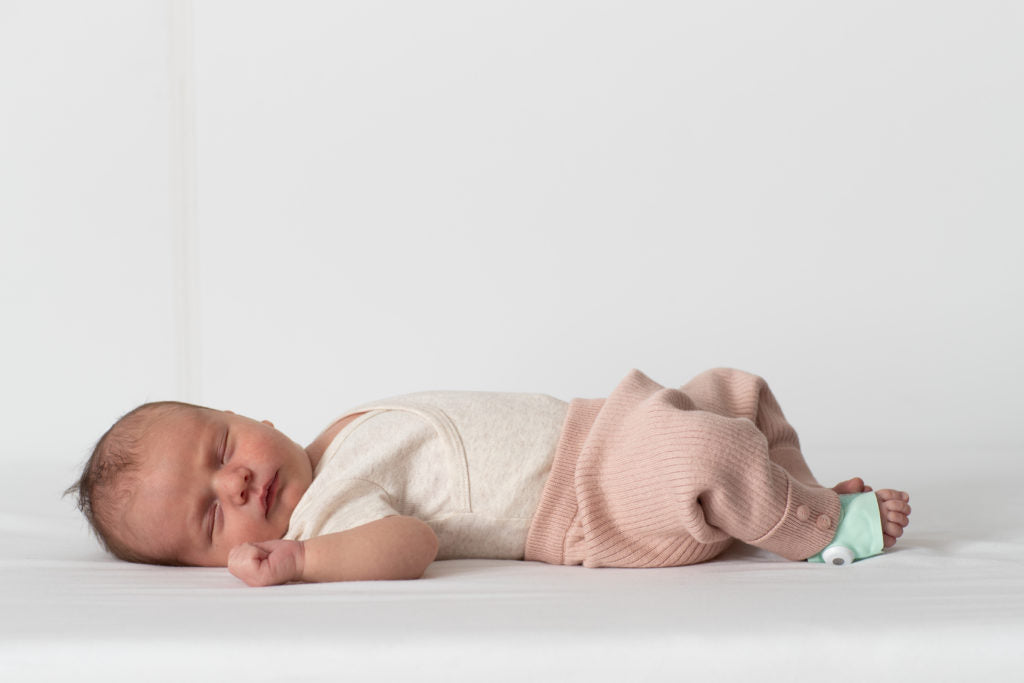
We’re sharing the ultimate guide to a safer sleep environment so that you are equipped and empowered with the information you need to make the best choices for your child.
- Always place your baby on his/her back to sleep.
It is recommended that babies be placed on their backs for every sleep, including nap times. It’s important to follow the ABC’s of safe sleep: placing baby Alone, on their Back, in their Cot (or other safe sleeping place). If your child falls asleep in a swing, car seat, stroller, etc. they should be moved to a firm sleep surface as soon as possible. Remember, every sleep counts.
- Place your baby to sleep on a firm surface.
All cots, bassinets, portable cots and/or play pen should meet current safety standards. Check to make sure that there are no product recalls, and that there are no broken or missing pieces. Drop rail cots should not be used. Use a firm mattress that is compatible with the product you are using, and cover it in a tight-fitting fitted sheet.
- Keep loose objects out of the cot.
Loose objects such as stuffed animals, toys, loose bedding, blankets, pillows and bumper pads can all increase the risk of entrapment, suffocation, overheating or strangulation. Though stuffed toys and soft blankets may be cute to look at, just remember: Bare is Best!
- Share your room, but not your bed.
Room sharing (keeping your baby’s sleep area separate from your sleep area in the same room) is recommended as a way to reduce the risk of SIDS and other sleep-related causes of infant death. It is recommended to share a bedroom preferably until Baby turns 1, but at least for the first six months. Babies should not be placed on adult mattresses to sleep. If you bring your baby into your bed to feed them, make sure they’re put back into their separate sleeping area when you are finished.
- Don’t let your baby get too hot.
Keep the room temperature where your baby sleeps at a comfortable level. Don’t overdress your baby. A good rule of thumb to follow is to put on one extra layer of clothing than an adult would wear to be comfortable. Do not cover your baby’s head. Use a sleep sack or one-piece sleeper if you’re worried your baby is too cold.
- Keep your baby away from smokers and places where people smoke.
While this tip may seem obvious, it’s an important reminder, nonetheless. If you do smoke, try to quit. Until you can, keep your car and home smoke-free. Don’t smoke anywhere near your child, even if you are outside, or expose your child to people or places where there will be smoking.
- Breastfeed, if possible.
While breastfeeding might not be an option for everyone, it has been proven to help reduce the risk of SIDS. This has been shown in babies who are breastfed or bottle fed with breast milk for the first six months of life. Breastfeeding also has many other health benefits for babies and mothers.
- Tummy time is important!
Giving your baby tummy time is a great way to socialize with your newborn and encourage lots of eye contact. It also helps strengthen neck muscles and avoid flat spots on the back of the head. Make sure you always stay next to your baby and make sure they are awake.
9. Use a Smart Baby monitor
While nothing replaces safe sleep practices, many parents find added reassurance in using smart baby monitoring technology. Owlet Dream Duo™ combines Dream Sock® and Owlet Cam®2 to provide real-time insights into your baby’s sleep and wellness. Dream Sock® tracks your baby’s pulse rate, oxygen level, and sleep trends and sends alerts if anything falls outside of the preset ranges, so you’ll be notified if your baby needs you.
Dream Sight, streams secure HD video and audio to your phone, allowing you to check in on your baby from anywhere. While no device replaces safe sleep habits, tools like Dream Duo™ can offer added peace of mind and help you feel more connected and confident as a parent.
We hope these tips have helped! If you ever have any questions or concerns, please consult with your pediatrician.
The content provided on this blog is intended for informational and educational purposes only. It is not a substitute for professional medical advice, diagnosis, or treatment. Always seek the advice of a qualified healthcare provider with any questions you may have and to learn more about your child's specific needs.
Dream Sock® is a medical device CE Marked under EU MDR and UKCA Marked under UK MDR. Full-featured Medically-Certified Dream Sock experience available in the U.K. and E.E.A. only. Medically-Certified Dream Sock features for healthy babies between ages 0-18 months and weighing 2.5-13.6 kg is available through the Owlet Dream App. Dream Sock is intended to track babies' pulse rate and oxygen level and keep parents informed. Dream Sock is not intended to diagnose, treat or cure any disease or other condition, including but not limited to, Sudden Infant Death Syndrome (SIDS) and/or Respiratory Syncytial Virus (RSV). Medical decisions should never be made solely using Dream Duo™ 2 and Dream Sock data. Dream Duo 2 and Dream Sock should not substitute for the care and oversight of an adult or consultation with medical professionals. Full intended use information can be found in the Dream Sock Instructions for Use, available at https://owletcare.com/pages/owlet-ifu.
